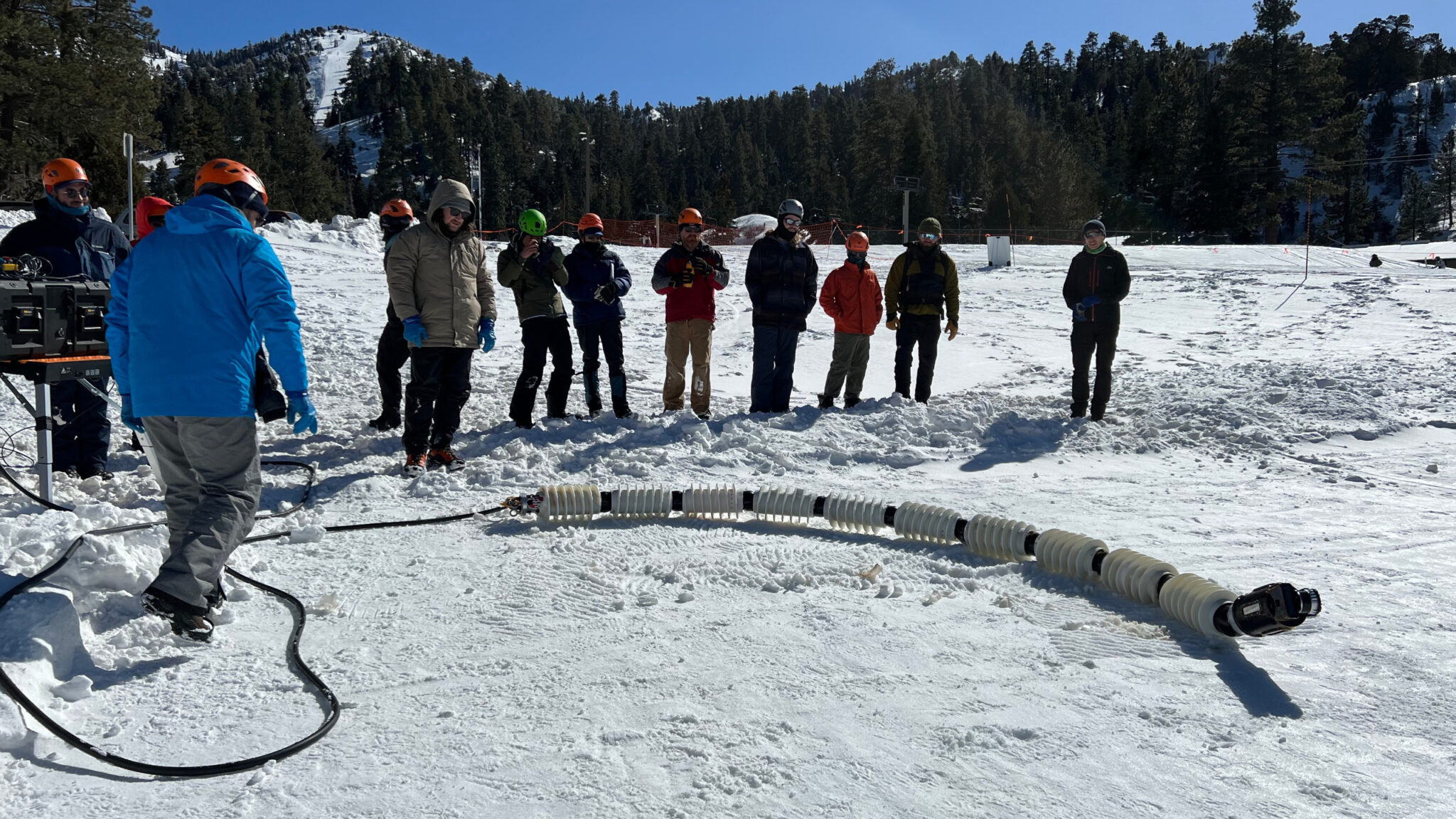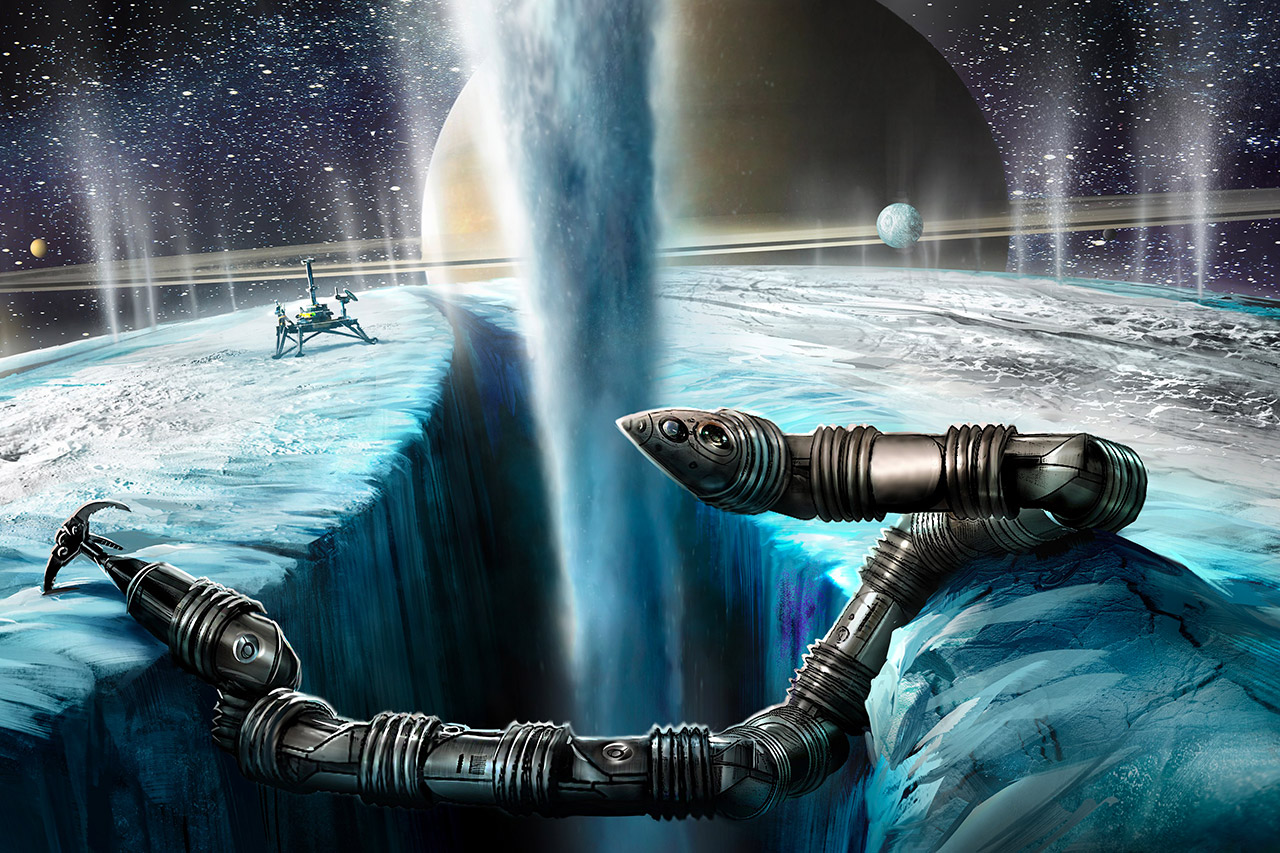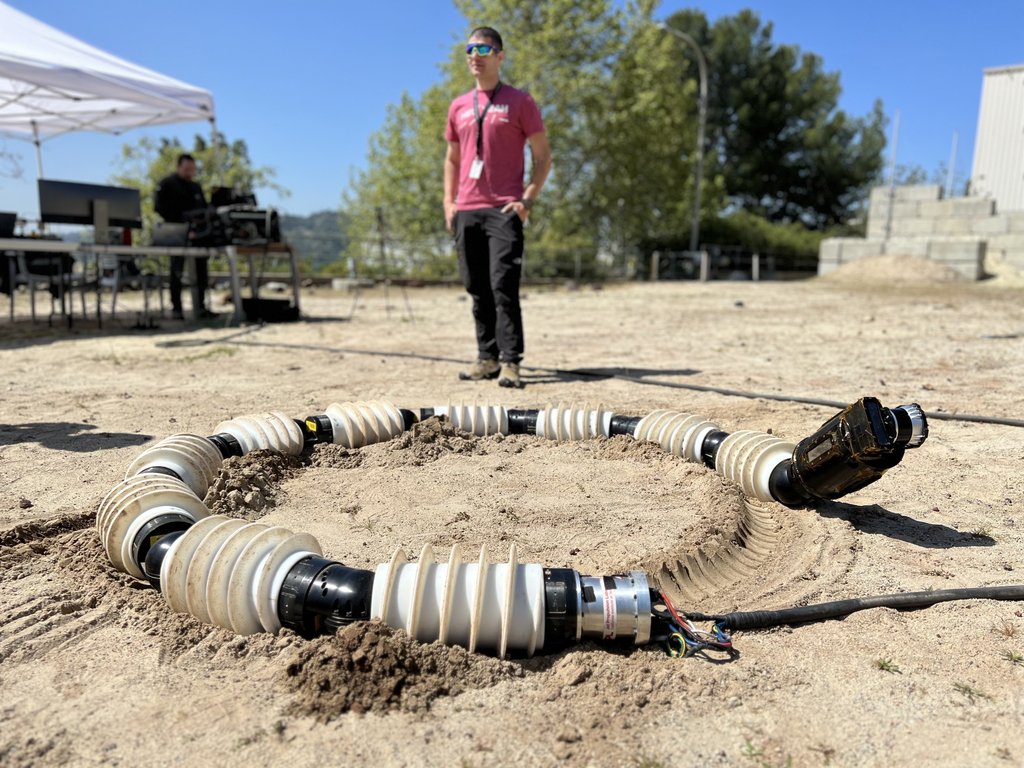The NASA team from the Jet Propulsion Laboratory (JPL) has demonstrated to the world the latest version of its snake robot EELS (short for Exobiology Extant Life Surveyor). This week, the space agency has published a video showing how a self-propelled autonomous robot with an unusual propulsion system glides over different types of terrain. Its movement is facilitated by its multi-segment design.
NASA engineers have been developing the robot for three years and during this time have created several prototypes of varying degrees of success. The main goal of the project is to create a bot capable of coping with a diverse type of terrain that is unattainable for wheeled robots such as Perseverance and Curiosity, which are currently exploring Mars.

The latest version of EELS weighs about 100 kilograms, has a length of 4 meters and consists of 48 small engines. Tests in sandy, snowy and icy environments confirm that its 10 rotating segments are able to move, as well as move on various types of surfaces that are inaccessible to wheels. This means that the adaptive robot will be able to overcome wavy sand, slippery ice, sharp rocks, steep cliffs of craters, and even crawl into underground lava tubes.

While moving, the robot actively creates a 3D map around itself using four pairs of stereo cameras and LIDAR technology similar to radar, but uses short laser pulses instead of radio waves. The collected data then allows navigation algorithms to develop the safest path. EELS can also be equipped with various scientific tools so that it collects data for research and conducts geological work, similar to how modern rovers work.

The versatility of such a robot means that it can be used not only for space discoveries, but will be useful here on Earth, where it can be useful for performing a number of tasks in the field of healthcare, industry, etc.
Earlier we reported on how robots with interchangeable extremities were being developed for the Moon.
Follow us on Twitter to get the most interesting space news in time
https://twitter.com/ust_magazine

